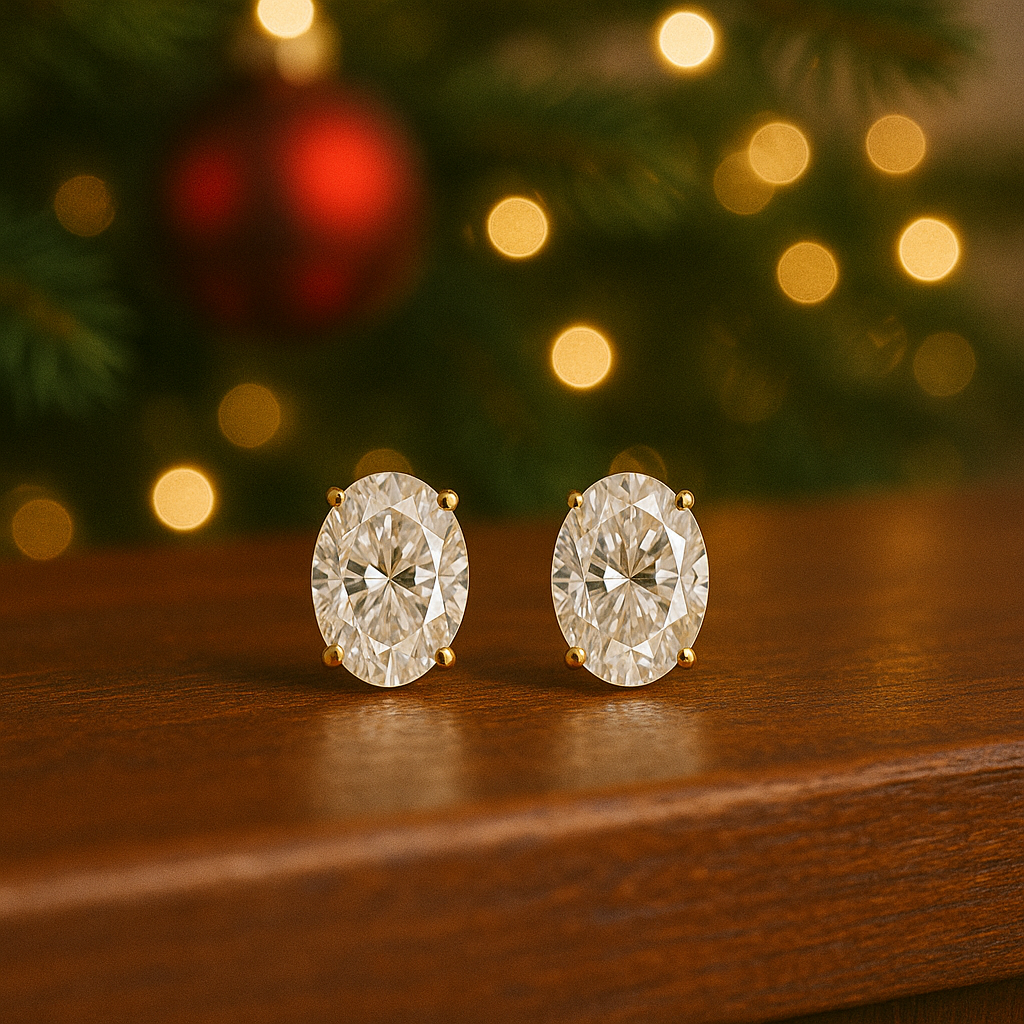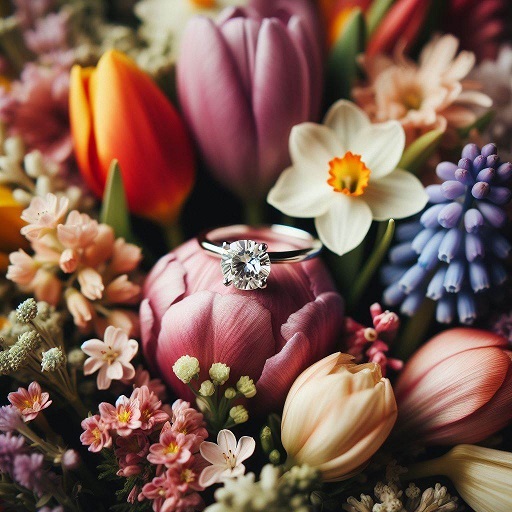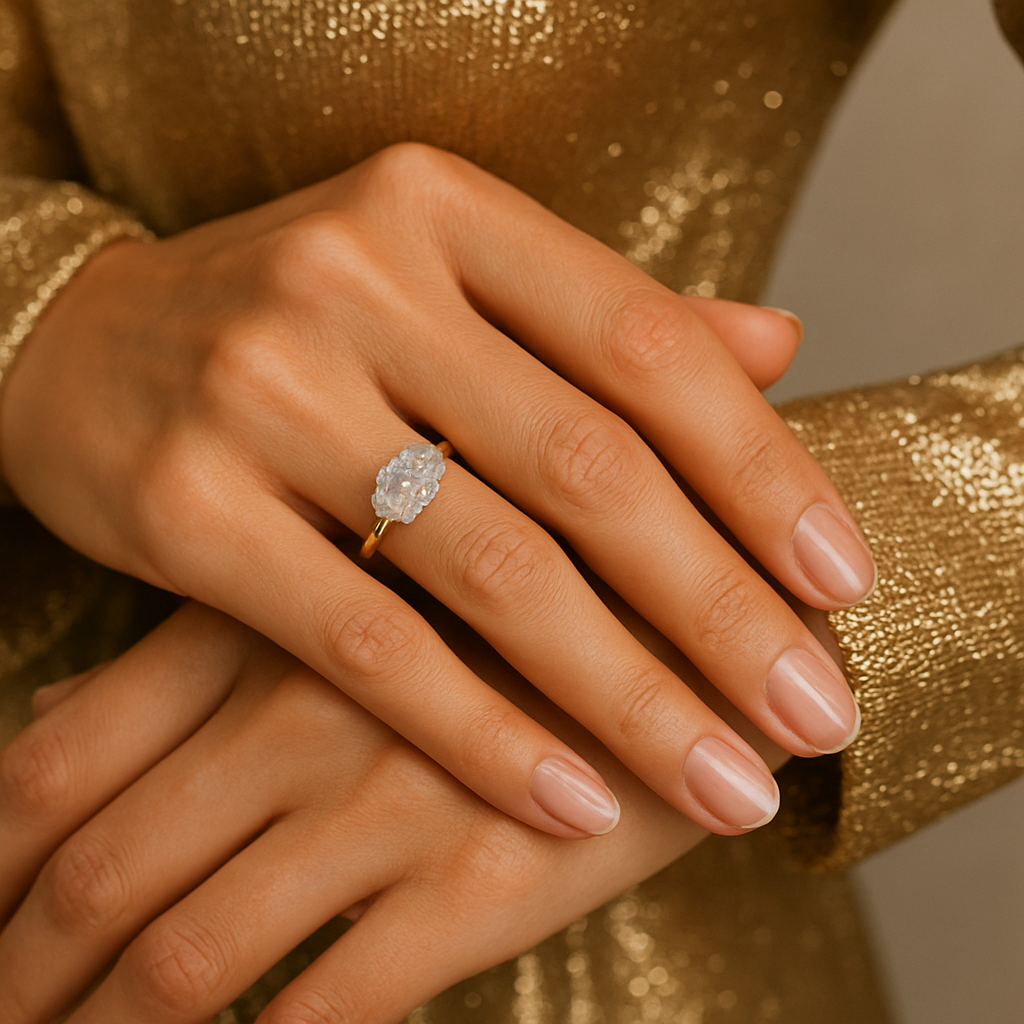Do Lab-Grown Diamonds Have Flaws, Inclusions, or Change Over Time?
Introduction
When exploring engagement rings or fine jewelry, one of the most common questions people ask is: “Do lab-grown diamonds have flaws or inclusions? And will they change over time?”
The short answer: lab-grown diamonds are real diamonds. Just like natural diamonds, they can have internal characteristics (inclusions) and external features (blemishes). However, they do not fade, cloud, or lose brilliance over time.
In this guide, we’ll cover:
-
Why inclusions form in lab-created diamonds
-
How lab diamonds are graded
-
Whether they change over time
-
How they compare to mined diamonds
Do Lab-Grown Diamonds Have Flaws?
Yes, lab-grown diamonds can have flaws—but that doesn’t make them any less “real.”
During the HPHT (High Pressure High Temperature) or CVD (Chemical Vapor Deposition) growth processes, small imperfections can occur. These imperfections may be:
-
Inclusions: Tiny internal marks such as pinpoint crystals, metallic traces (common in HPHT), or wispy patterns (common in CVD).
-
Blemishes: Surface features that may appear during growth or polishing.
Just as with mined diamonds, these natural growth characteristics are part of what makes each diamond unique.
How Are Lab Diamonds Graded for Inclusions?
Lab-grown diamonds are graded by the same 4Cs (Cut, Color, Clarity, Carat) as mined diamonds.
-
Clarity is determined by the number, size, and visibility of inclusions or blemishes.
-
Diamonds with fewer inclusions earn higher clarity grades (e.g., IF – Internally Flawless, VS – Very Slightly Included).
-
Even with inclusions, many lab-grown diamonds are eye-clean, meaning flaws are not visible without magnification.
Reputable jewelers provide certification from gemological labs like IGI or GIA, which clearly state the clarity grade.
Do Lab-Grown Diamonds Change Over Time?
One of the biggest myths about lab-grown diamonds is that they might lose their sparkle or degrade. The truth is:
-
Lab diamonds are chemically and physically identical to natural diamonds.
-
They do not cloud, fade, or discolor over time.
-
With normal care, their brilliance lasts forever—just like mined diamonds.
What can change is only the jewelry setting itself (e.g., metal scratches, prongs loosening), but the diamond remains the same.
Lab-Grown Diamonds vs Natural Diamonds: Inclusions
-
Mined Diamonds: Inclusions are usually trapped minerals, crystals, or fractures formed over billions of years.
-
Lab Diamonds: Inclusions may come from trace elements, metallic particles, or growth irregularities during the high-tech process.
In both cases, inclusions do not weaken the diamond’s durability. They simply affect clarity grades and price.
Key Takeaway
-
Yes, lab-grown diamonds can have inclusions—just like mined diamonds.
-
No, they do not change over time. Their sparkle and brilliance remain for life.
-
With proper certification, buyers can choose the clarity grade that best fits their style and budget.
Conclusion
Lab-grown diamonds are genuine diamonds, complete with unique internal features that make each stone one-of-a-kind. While inclusions are natural in both mined and lab-created stones, they do not affect long-term beauty or durability. Most importantly, lab-grown diamonds will never lose their brilliance—they’re forever, just like love.
👉 To explore exquisite certified lab-grown diamonds and fine jewelry, visit The Art of Jewels.




